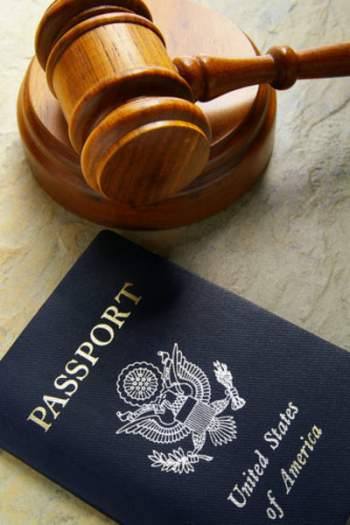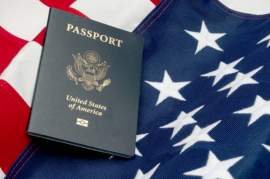
The Emergency Quota Act

The most important legislation from the early twentieth century came in 1921. Referred to as the 1921 Quota Act, this legislation utilized immigration statistics to determine a maximum number of immigrants allowed to enter the United States from each nation or region. The numbers were skewed to favor immigration from western European nations while severely curbing immigration from areas perceived to be undesirable.
These immigration quotas would change over the years, but would put a lid on fair immigration policy until the 1960's. Immigration statistics show the effects of these immigration quotas on the foundational cultural make-up of the nation. Only since the 1960's did American immigration reflect a global consideration that transcended preconceived notions and stereotypes.
The new immigration quotas utilized immigration statistics from the census of 1910 to determine the eligibility of immigrants coming from certain regions. Theoretically, this would allows a fixed flow of immigrants, however, immigration statistics show that this turned out to be overtly prejudice. The new legislation utilized a national origins formula that took the number of foreign-born immigrants that lived in the US in 1910 and would then allow three percent of each demographic to enter the country.
Due to the immigration statistics at this time, this program favored immigration that came mostly from Western and Northern Europe. The immigration quotas established that around three-hundred and fifty thousand immigrants would be permitted access to the United States. Some groups and individuals were exempted from the immigration quotas, and these included; people that lived in any country of the Western hemisphere for one year prior to petition, non-immigrant aliens that were in the country for pleasure or business, and those that were determined to be part of a learned occupation.
The one stipulation, in which the immigration quotas that allowed for individuals to live in a Western-hemisphere nation for one year and then apply for immigration outside of the quotas, presented specific problems. Quickly after the 1921 emergency quota act was passed, the legislature passed another measure to change the one year minimum to a five year minimum to bar those trying to bypass the immigration emergency quota act.
Some criticize the way in which the nation would allow and continues to allow learned people, or those of a particular talent-set, to access the country without much problem. The education requirement automatically blocks those that would likely benefit the most from immigrating to America.
The immigration quotas of 1921 started a long line of legislation that attempted to block certain types of immigration. Immigration statistics display the detrimental effect these quotas had on specific ethnic groups.
NEXT: National Origins Act





















